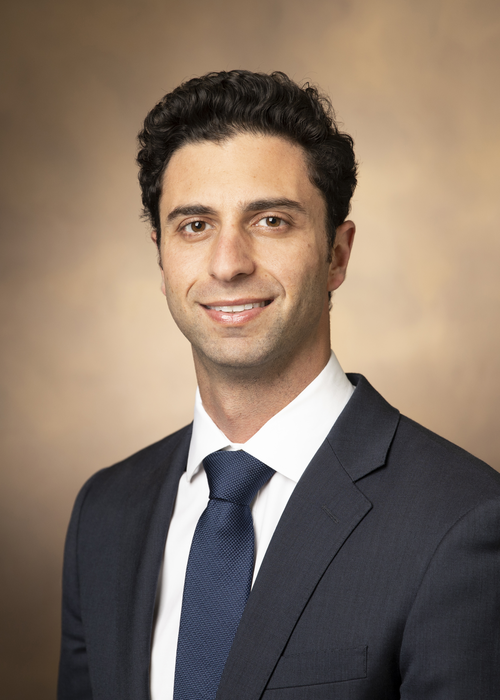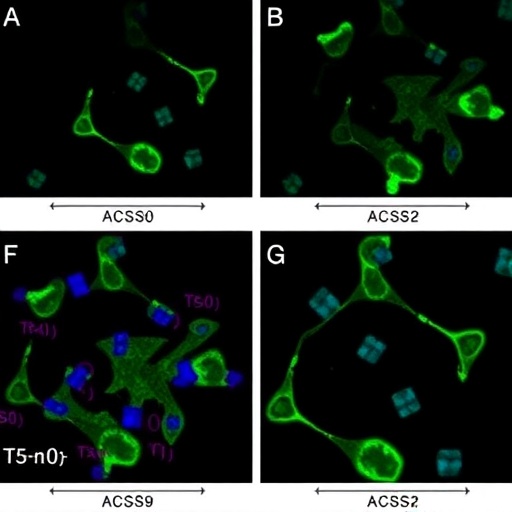The number of prostate cancer patients in the U.S. choosing active surveillance over surgery or radiation has rapidly increased since 2010, rising from 16% to 60% for low-risk patients and from 8% to 22% for patients with favorable intermediate-risk cancers, according to a study published today in JAMA Internal Medicine.

Credit: Vanderbilt University Medical Center
The number of prostate cancer patients in the U.S. choosing active surveillance over surgery or radiation has rapidly increased since 2010, rising from 16% to 60% for low-risk patients and from 8% to 22% for patients with favorable intermediate-risk cancers, according to a study published today in JAMA Internal Medicine.
Active surveillance includes actively monitoring prostate cancer for progression, with the intention to intervene with surgery or radiation therapy if the cancer progresses.
It is the preferred treatment option for men with low-risk prostate cancer and an option for some men with favorable intermediate-risk prostate cancer.
“The study’s findings are encouraging because it shows an increase in the proportion of men who benefit from active surveillance over time,” said lead author Bashir Al Hussein Al Awamlh, MD, a second-year Urologic Oncology fellow at Vanderbilt University Medical Center (VUMC).
“Our findings suggest that patients and physicians are increasingly becoming more comfortable with observing a subset of cancers with low-risk features, extending the benefits of surveillance to more men. However, there remains room for improvement in active surveillance uptake to reach similar rates as in some countries in Europe or Australia. Particularly in light of recent data demonstrating the safety of active surveillance in low-risk cancers,” he said.
Surveillance is thought to mitigate the adverse effects associated with treatment of these cancers, while remaining oncologically safe, according to senior author Jonathan Shoag, MD, associate professor of Urology at University Hospitals (UH) Seidman Cancer Center in Cleveland, UH Urology Institute and Case Western Reserve University.
“These data show that a diagnosis of prostate cancer no longer means a patient will undergo treatment,” Shoag said. “This further strengthens what are already compelling arguments that the benefits of screening for prostate cancer with PSA far outweigh the harms. We now can, and do, avoid treating cancers that we believe will behave indolently.”
VUMC researchers, in collaboration with University Hospitals and the National Cancer Institute, studied patients from 2010-2018 and found disparities by race and ethnicity, income and rurality in receiving active surveillance in the U.S.
Study authors used the Surveillance, Epidemiology and End Results (SEER) “Prostate with Watchful Waiting database” to identify men over 40 with low- and favorable intermediate-risk prostate adenocarcinoma from 2010-2018, as defined by the National Comprehensive Care Network.
The authors also found that Hispanic men, men with low income, and men residing in rural areas were less likely to choose or be offered active surveillance.
“We would like to see the rising tide of active surveillance lift all boats,” said co-author Daniel Barocas, MD, MPH, FACS, William L. Bray Professor and Executive Vice Chair of Urology at VUMC.
Journal
JAMA Internal Medicine
DOI
10.1001/jamainternmed.2022.7100
Article Title
Use of Active Surveillance vs Definitive Treatment Among MenWith Low- and Favorable Intermediate– Risk Prostate Cancer in the US Between 2010 and 2018
Article Publication Date
3-Apr-2023




